How to Choose the Perfect Toys for Your Dog
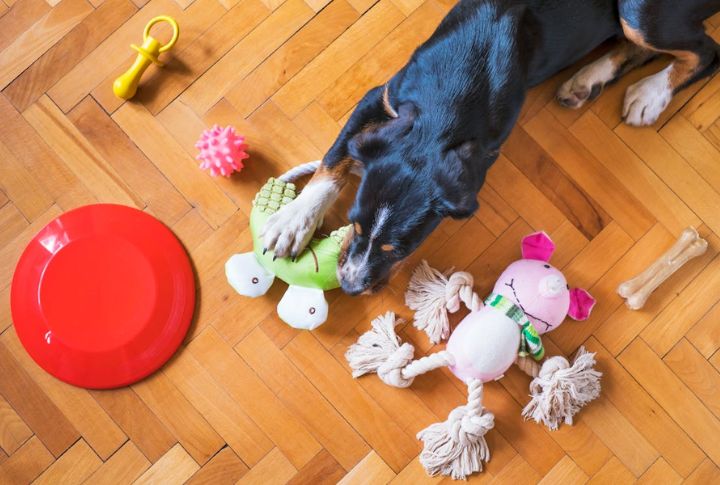
Picking out toys for your dog might seem simple, but it requires a bit of thought. The right toys can provide hours of fun and enrichment, while the wrong ones could pose safety hazards. Let’s discuss the best practices for choosing dog toys that keep your dog entertained and safe.
Choose Size-Appropriate Toys – Do
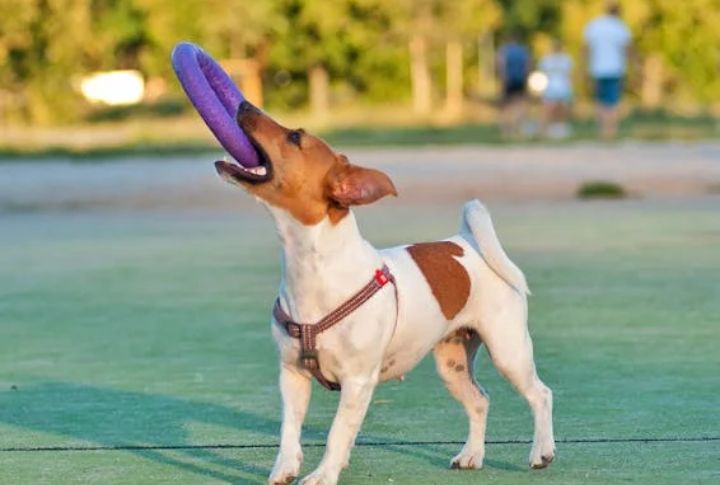
Select toys that match your dog’s size. Such toys should be large enough to prevent choking but small enough for easy carrying. Especially for small dogs, avoid toys that are larger than their muzzle. Always supervise dog play with new toys to ensure proper size and safety.
Give Human Toys To Dogs – Don’t
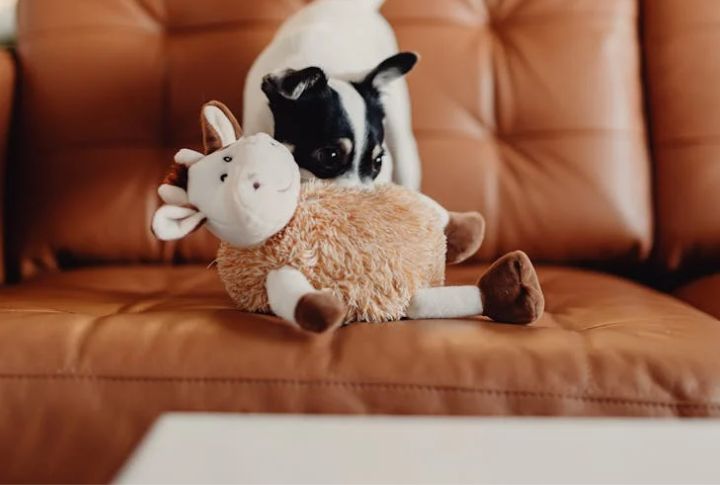
Avoid giving dogs human toys, including stuffed animals, children’s toys, or household items. These often contain small parts or materials that are harmful if swallowed. Human toys aren’t designed to withstand a dog’s chewing, therefore resulting in choking hazards.
Rotate Toys Regularly – Do
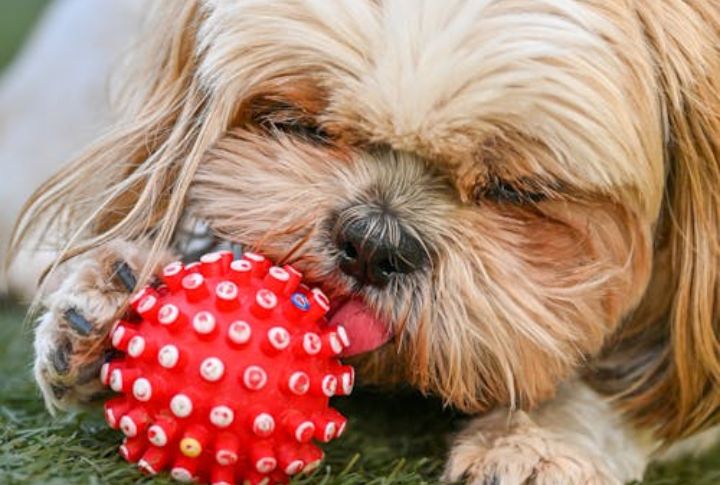
Implement a toy rotation system to keep your dog interested. Divide toys into groups and switch them out weekly. This prevents boredom and extends life. Store unused toys separately. Reintroducing toys after a break can renew your dog’s excitement and engagement with familiar items.
Leave String Toys Unattended – Don’t
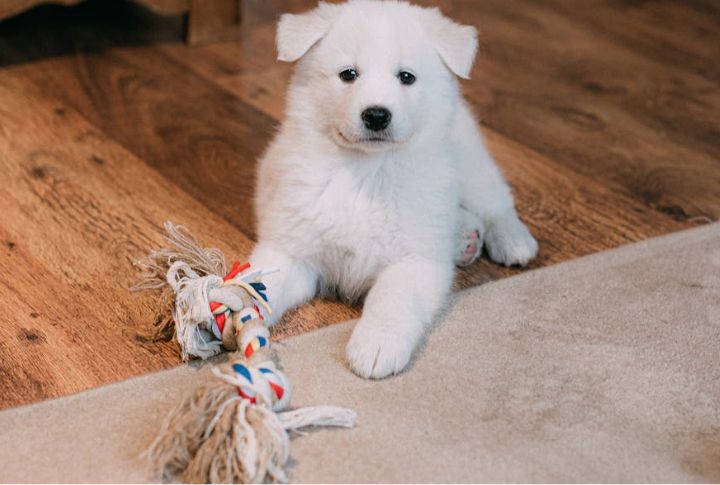
If ingested, strings can cause intestinal obstructions or strangulation. Hence, never leave dogs unsupervised with string toys, rope toys, or toys with long threads. Remove these items after playtime and store them safely out of reach. Also, try choosing alternatives without strings or long fibers.
Provide Tooth-Friendly Toys And Treats – Do
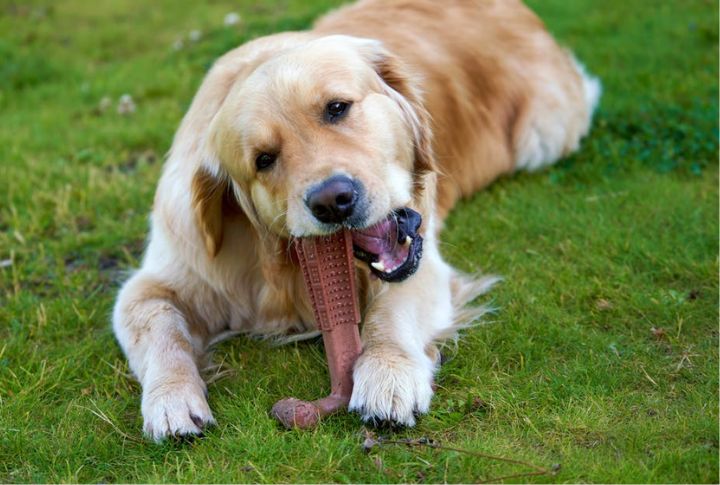
Offer dental-specific chew toys and treats designed to promote oral health. Encourage daily chewing sessions of about 10 minutes to help clean teeth and massage gums. These toys should have textures that help remove plaque. Remember, while beneficial, it doesn’t replace daily tooth brushing.
Choose Toys With Small Parts – Don’t
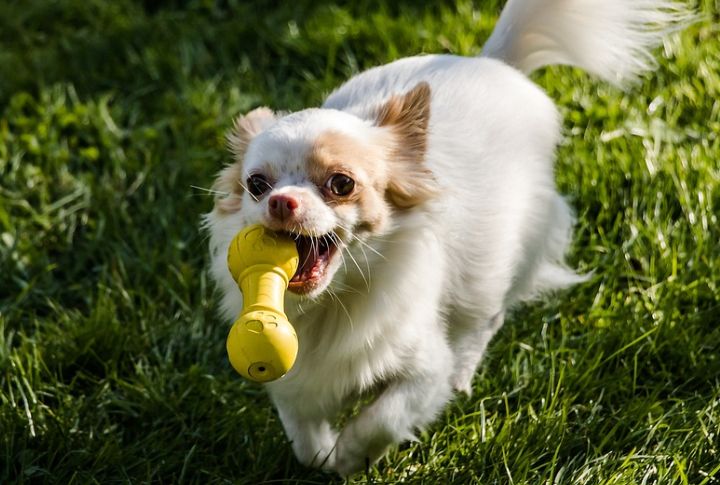
Opt for solid, one-piece toys without removable parts. Avoid toys with small, detachable parts like bells, squeakers, or plastic eyes. These components can be easily chewed off and swallowed, posing choking or digestive risks. Regularly inspect toys for any loose components and discard them immediately.
Do: Check Labels For Safety – Do
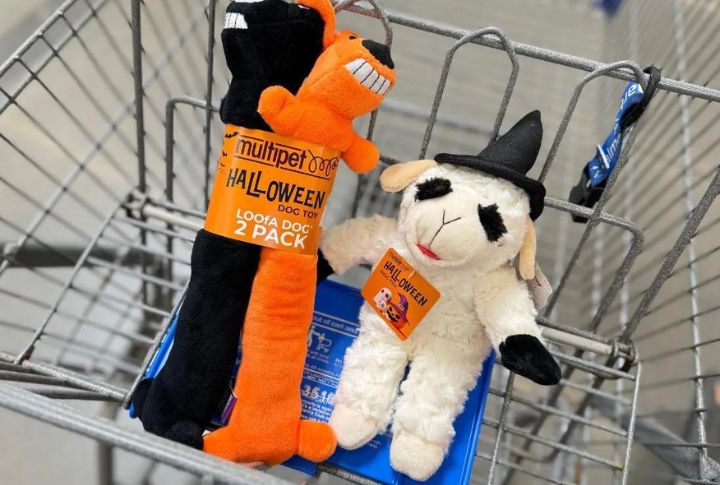
It is essential to read toy labels before purchasing them. Look for terms like “non-toxic,” “pet-safe,” or “FDA-approved.” Check for age and size recommendations. Toys with harmful chemicals or dyes should not be used. For fabric toys, ensure they’re colorfast and machine washable.
Give Hard Chew Items – Don’t
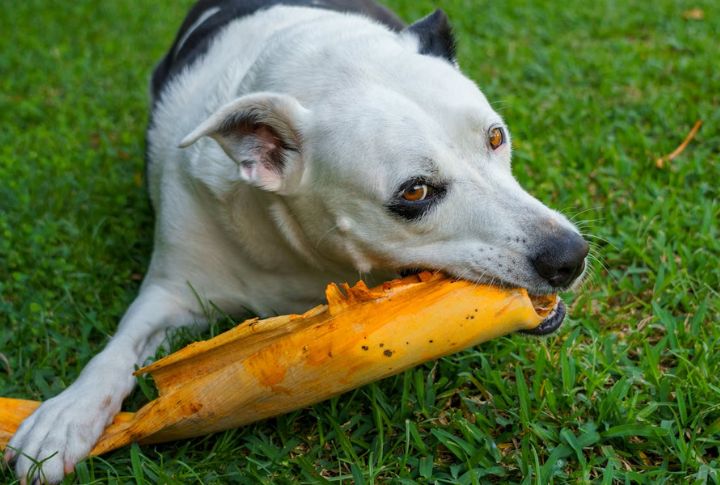
Keep away from giving dogs hard chew items like animal bones, antlers, or hooves. These can cause mouth injuries or lead to internal damage if swallowed. Instead, utilize specially designed dental chews or softer rubber toys for heavy chewers.
Stuff Toys With Treats – Do
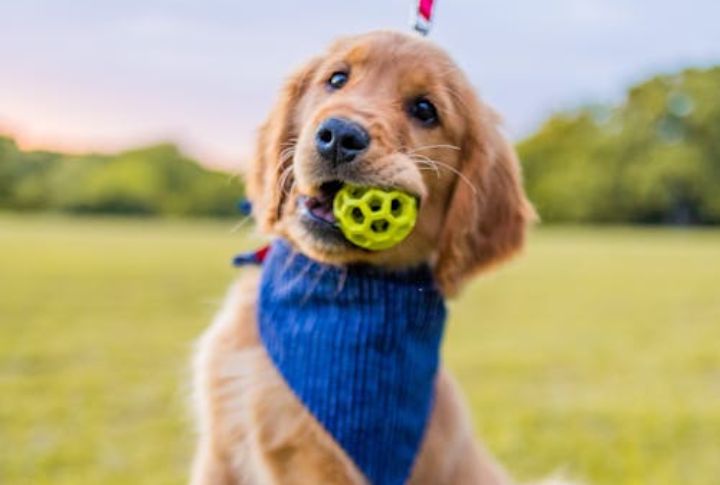
Use sturdy, hollow toys as treat dispensers. Stuff them with options safe for dogs, such as frozen broth, kibble, or peanut butter. This prolongs fun and stimulates the mind. Just make sure that the goodies fit your dog’s calorie requirements and diet.
Leave Toys Out 24/7 – Don’t
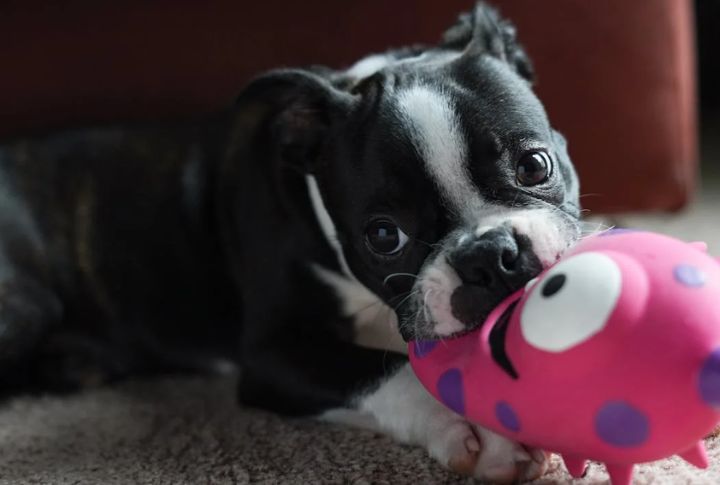
Don’t keep all of your dog’s toys available at all times. This may cause boredom and reduce the value of the product. Rather, keep the majority of their toys out of reach and only bring them out for designated playtimes. Have a few durable, safe toys on hand, so your pup can also play unattended.
Wash Toys Regularly – Do
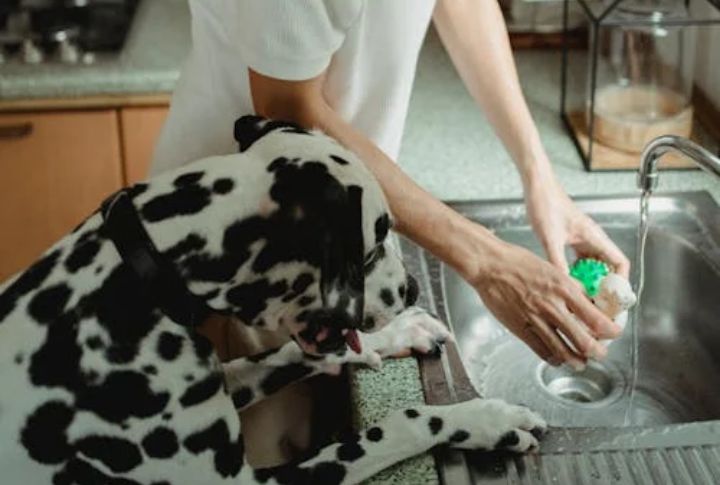
Regularly clean these toys to avoid bacterial accumulation. Refer to the manufacturer’s instructions. Rubber toys can be hand-washed with mild soap, while a lot of plush toys can be washed in the machine. Reassign toys to your dog only when they have thoroughly dried.
Ignore Wear And Tear – Don’t
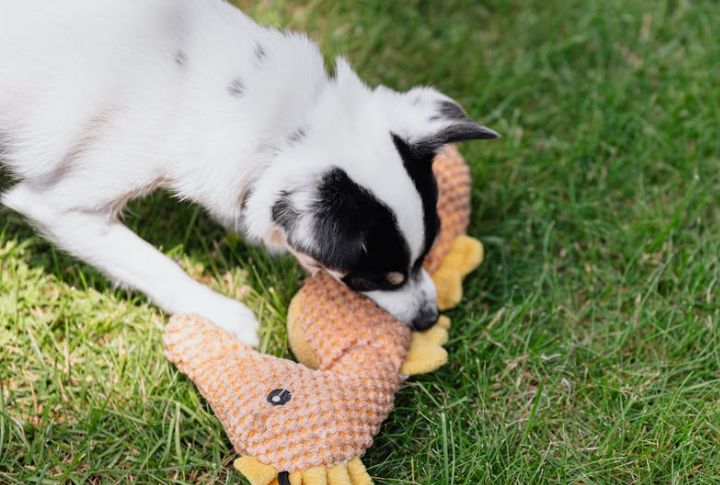
Examine toys regularly. Toys with obvious indications of wear or damage should be thrown away. Particular attention must be paid to any exposed stuffing or squeakers. If consumed, such broken toys can create intestinal obstructions or lead to choking.
Match Toys To Play Style – Do
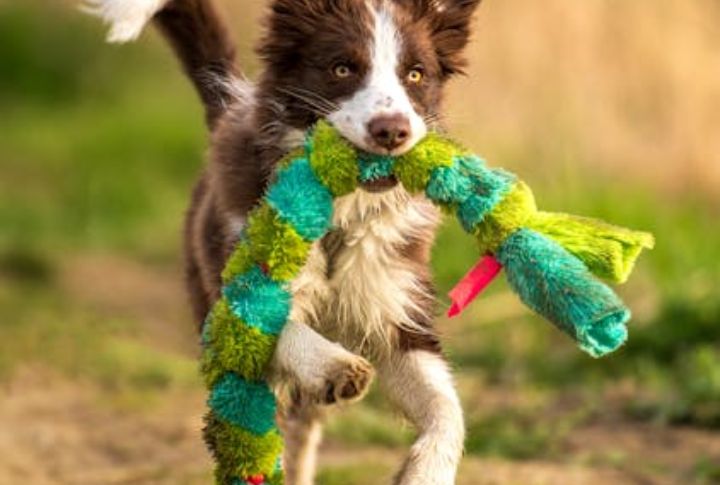
When selecting these toys, consider your dog’s age, size, and energy levels.
Select toys that suit your dog’s play preferences. You can choose from sturdy rope toys to balls or flying discs. Puzzle-loving dogs benefit from treat-dispensing toys or interactive games.
Underestimate Puzzle Toys – Don’t
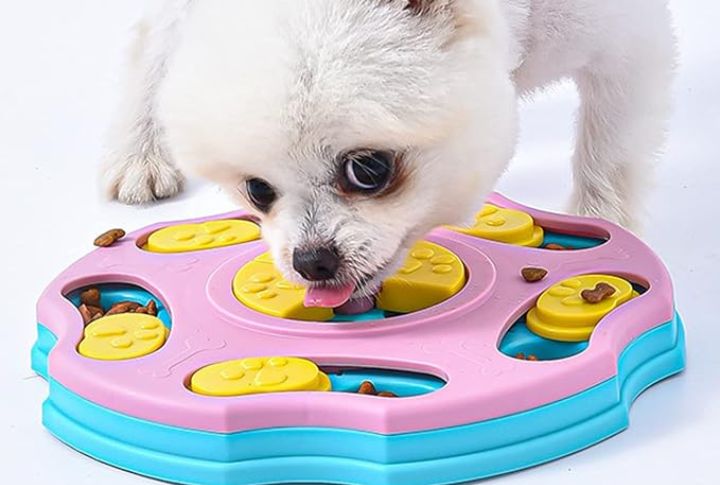
Incorporate puzzle toys into your dog’s toy collection. These provide mental stimulation, prevent boredom, and help with problem behaviors. Start with simple puzzles and gradually increase the difficulty. You can also use puzzle toys for portion control during mealtimes.
Consider Durability for Chewers – Do
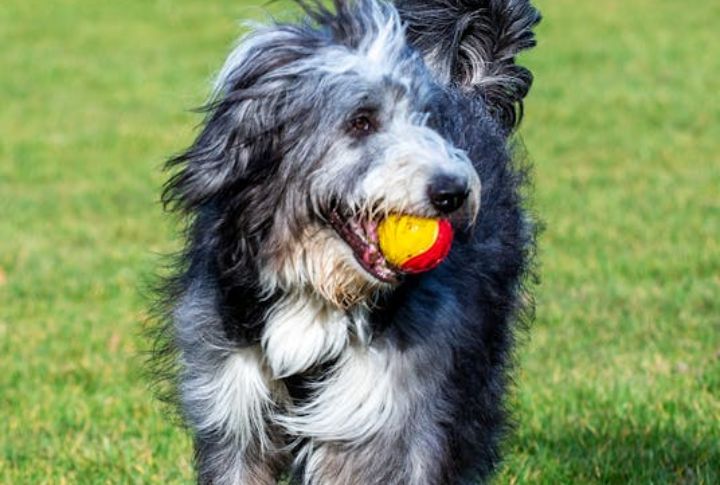
For aggressive chewers, invest in ultra-durable toys designed to withstand heavy chewing. Select toys made from tough materials like rubber or nylon. Preferably pick items with warranties against dog damage. Then, supervise them initially to ensure the toy can withstand your dog’s chewing style.





